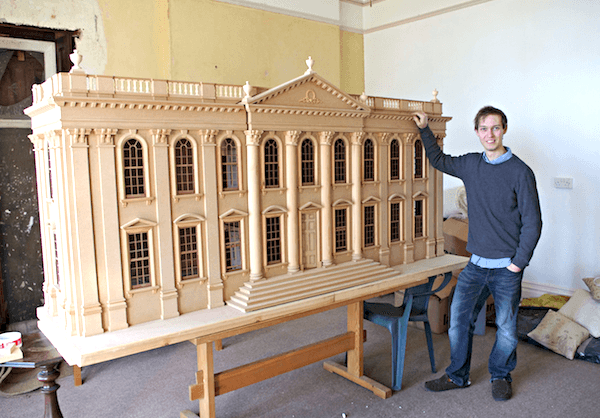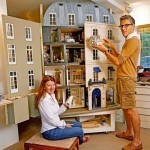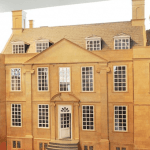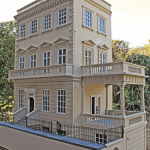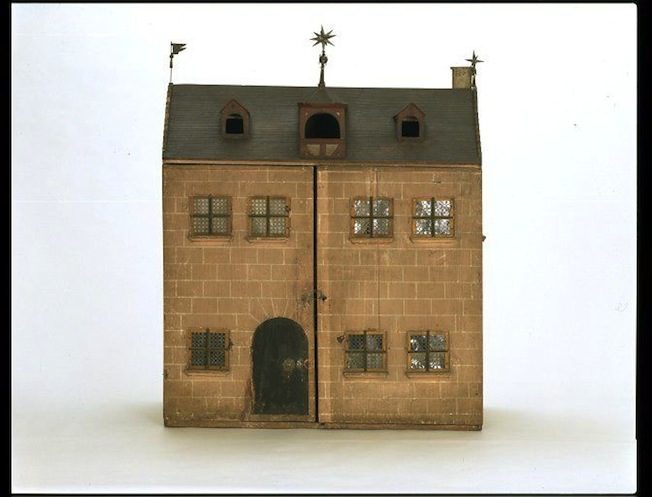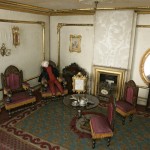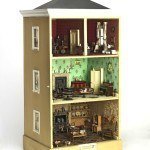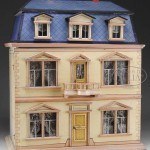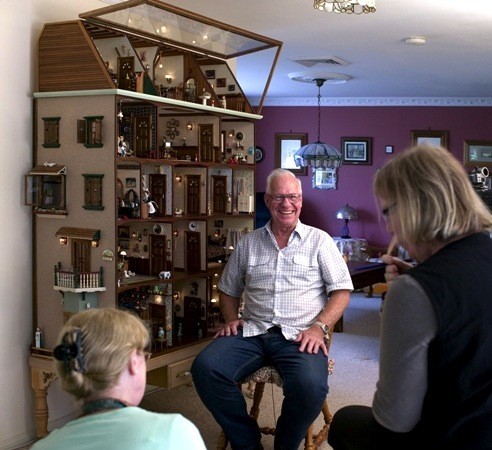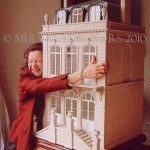Tim Sidford, Miniaturist
I have admired Tim Sidford’s work for some time. Every once in a while I scroll through his voluminous Flickr photostream to find new treasures and revisit old favorites. Here are the results of today’s journey. The text is mainly Tim’s words.
Edward Wright Dollhouse
This house (built by Edward Wright) was meant to be finished months ago (I have been commissioned to decorate both interior and exterior). But recently life has been rather busy. Indeed the last year has


